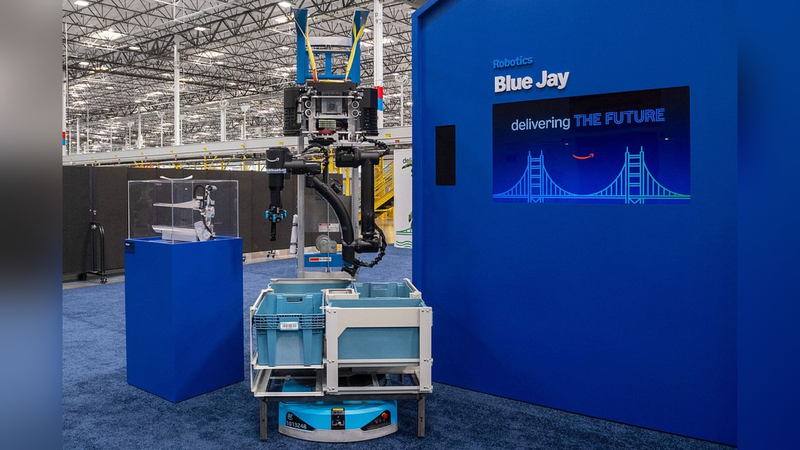At a sprawling distribution center in Silicon Valley, Amazon showcased its latest leap in warehouse tech, unveiling the Blue Jay robotic arm powered by AI. Designed to pick, sort and consolidate items at a single workstation, Blue Jay is currently being tested in South Carolina and follows the Vulcan robot introduced earlier this year. Vulcan, which Amazon describes as having a "sense of touch," has already started aiding in order fulfillment.
Tye Brady, chief technologist at Amazon Robotics, credits AI with slicing development time for Blue Jay by two-thirdsto just over a year. "That's the power of AI," Brady said. "Expect more rapid development cycles like this … we're on a trajectory to supercharge the scale and impact of innovation with our operations."
Despite concerns that smarter warehouses could mean fewer human roles, Brady emphasized that these AI tools are built to make jobs "safer, smarter and more rewarding." Yet, a recent report in The New York Times suggests automation might allow Amazon to skip hiring up to 160,000 workers over the next two years, especially during peak holiday seasons.
Beyond robotics, Amazon demoed an AI agent designed to coordinate robots and warehouse teams, boosting efficiency across the floor. Out on the road, camera-equipped smart glasses offer drivers live navigation and delivery cues, blending digital guidance with real-world logistics.
As Amazon continues to intertwine AI and robotics across its network, the move raises big questions about the future of work, human-machine collaboration, and how companies can balance rapid innovation with real-world impact.
Reference(s):
cgtn.com




